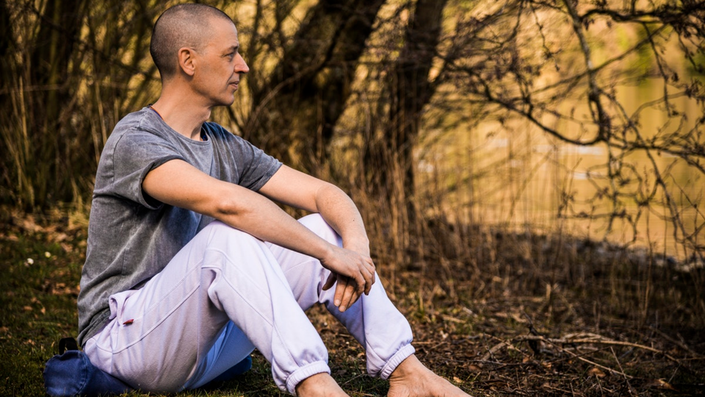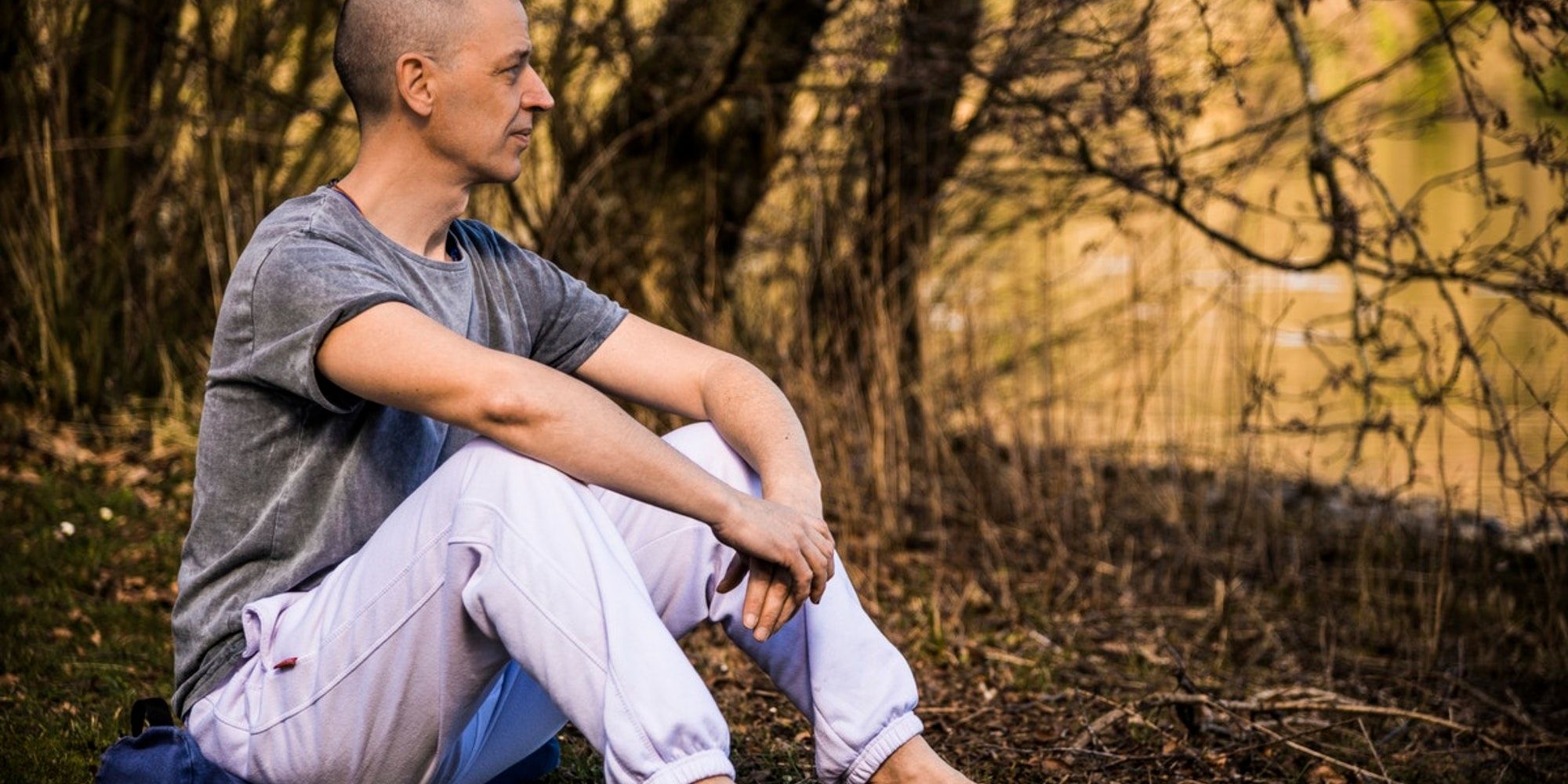
Foundation Practices for Yoga and Meditation
Basic yet profoundly effective breathing practices, movement, relaxation and meditation techniques which provide a solid foundation for regular meditation practice.
The course is suitable for complete beginners as well as more experienced practitioners and teachers.
Breathing Practices - Breath Awareness, Abdominal Breathing, Full Yogic Breath
Breath awareness helps settle the mind and is a useful technique to develop and maintain presence. Breath awareness also helps us recognise the relationship between how we are breathing and how we are feeling. Once we recognise this relationship we can influence how we feel, by applying the technique of abdominal breathing.
Abdominal breathing stimulates the parasympathetic nervous system and the natural relaxation response conducive to good physical and mental health, rest, recovery and healing. This helps ease the symptoms of stress-related disorders and mental health conditions.
Once we are familiar with abdominal breathing we can move on to the full yogic breath.
Movement - Joint Releasing, Hip Opening, Spinal Movements and Core Strengthening
Asana practice helps to improve suppleness, strength and stamina. Through regular practice one's range of movement will increase, and one may feel lighter and more energetic as physical tensions are released. Western yoga practitioners tend to find traditional meditation postures uncomfortable. This is mainly due to a lack of back strength and hip mobility. Meditation postures should be steady and comfortable; our sitting postures should be active and light rather than rigid and forced. Asana practice will help you overcome physical and mental distraction and sit comfortably for meditation. If the body is free from physical distraction and the mind is settled then meditation practice will be more effective.
The Joint Releasing Series helps to loosen up the joints and also strengthen and lengthen weak and tight muscles. The movements help to improve the circulation and are therefore recommended for both arthritic and cardiovascular conditions. Furthermore the series serves as a foundation for all asana, and helps develop body and breath awareness as well as a meditative approach.
This online resource is suitable for complete beginners as well as more experienced practitioners.
"Johnny Glover completed our two year Teacher Training Course at Mandala Yoga Ashram from 2005 - 2007. He is trained in both the Yogic and Buddhist traditions and the courses he proposes to give promise to be an excellent opportunity for those who participate and who want to go deeper into Yoga."
Swami Nishchalananda, Director, Mandala Yoga Ashram.
>>>>>>>>>>>>>>>>>>>>>>>>>>>> Testimonials <<<<<<<<<<<<<<<<<<<<<<<<<<
Your Instructor

Johnny Glover has been teaching yoga and meditation since 2001. He first qualified as a Yoga Teacher with the Yoga Therapy and Training Centre (YTTC) in Northern Ireland where he later qualified as a Yoga Therapist. Wishing to deepen his experiential understanding of yoga he went on to complete a two-year teaching training programme at Mandala Yoga Ashram in Wales.
Johnny is aware of the personal transformation that meditation and mindfulness can bring about and is grateful for the guidance from his main teachers who are Swami Nishchalananda Saraswati and Choje Lama Yeshe Losal Rinpoche. Johnny shares the practices with an open heart, encouraging participants to do what they can with awareness and acceptance.
Johnny has been delivering yoga for meditation weekends and courses at Kagyu Samye Ling Tibetan Buddhist Monastery and Centre for World Peace and Health since 2003.
